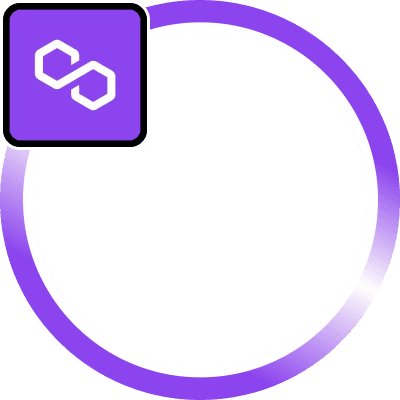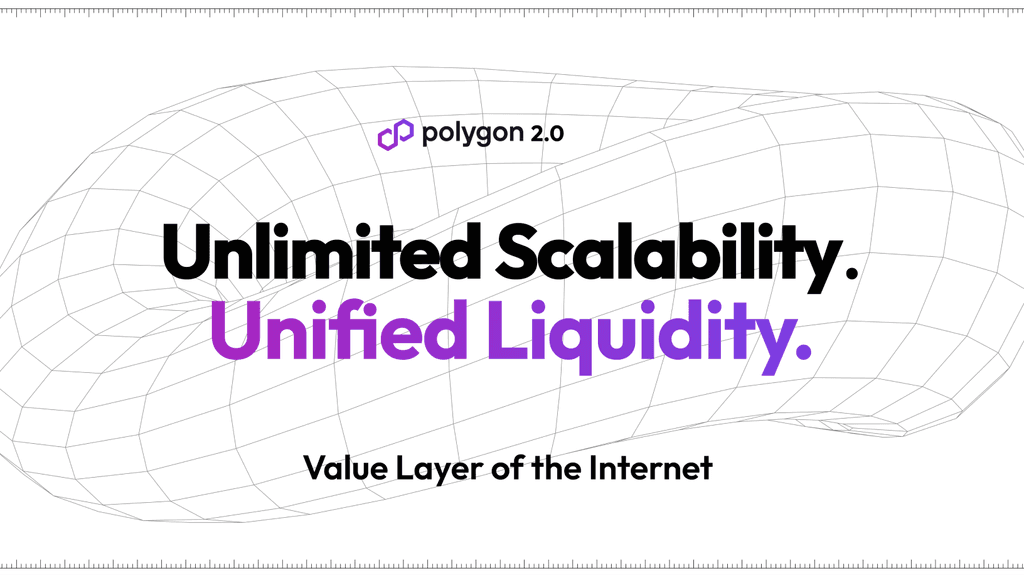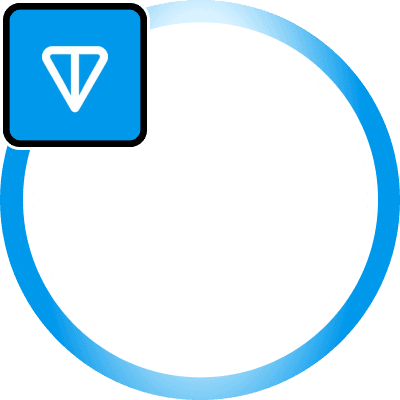Introduction
Polygon, initially known as Matic Network, is an innovative blockchain scalability platform that underwent a rebranding process in 2021. Recognized as a “layer two” or “sidechain” scaling solution, Polygon functions as a high-speed parallel blockchain to the main Ethereum blockchain. Its primary objective is to overcome the limitations associated with Ethereum, especially the prohibitive transaction fees (also known as “gas”) that can often render small or frequent investments economically unfeasible. The native cryptocurrency of the Polygon network is MATIC, which serves multiple purposes, including transaction fee payment, staking, and governance. Polygon is built on the Cosmos SDK & utilizes the Tendermint BFT for it’s PoS consensus.
Key Features and Components
The network incorporates several key components that collectively enhance its functionality and performance. These include:
-
Proof-of-Stake (PoS): Polygon uses a proof-of-stake consensus mechanism to generate new MATIC tokens and safeguard the network. Validators verify new transactions and add them to the blockchain, while delegators indirectly stake their MATIC via a trusted validator.
-
zkEVM (Zero-Knowledge Ethereum Virtual Machine): Currently in its mainnet beta phase, the zkEVM is the first ZK-rollup that provides EVM equivalence, facilitating fast transactions at near-zero gas cost.
-
Miden: An upcoming feature of Polygon, Miden aims to be the first decentralized rollup that leverages execution proofs of concurrent, local transactions. It is being designed to support the construction of advanced decentralized applications (dApps) with client-side proving.
-
Supernets: These are app-chains powered by Polygon’s cutting-edge technology and ecosystem. Although still in the testnet phase, Supernets aim to facilitate the development of applications integrated with the Polygon ecosystem.
-
Polygon ID: This live feature on the network promotes the establishment of trusted and secure relationships between users and dApps. It adheres to the principles of self-sovereign identity and privacy by default, promoting secure interactions within the blockchain space.
Utilizing the Polygon Network
The Polygon network supports a wide range of activities, mirroring the capabilities of the main Ethereum network but with drastically lower transaction fees, often just a fraction of a cent. It facilitates the use of decentralized exchanges such as QuikSwap or SushiSwap, yield-generating lending and savings protocols like Aave, NFT markets like OpenSea, and even “no-loss prize games” like Pooltogether.
To engage with the Polygon network, users need to send some cryptocurrency to a compatible crypto wallet, such as Coinbase Wallet. They can then “bridge” some of their crypto — stablecoins are a popular choice for this — to the Polygon network. Users also need to bridge some MATIC for transactions, but even a small amount is typically sufficient due to the extremely low fees.
The low fees and near-instant transactions make the Polygon network an excellent platform for gaining real-world experience with DeFi protocols. However, users should remember that DeFi can be highly volatile and should avoid investing more than they can afford to lose, particularly if they are beginners.
While the specific technical details of how Polygon enhances Ethereum’s scalability might seem complex, the essential point to note is that Polygon leverages advanced cryptographic techniques and unique infrastructure such as zkEVM and Miden to improve transaction speed and reduce costs. This makes Ethereum more accessible and user-friendly, fostering broader adoption of blockchain technology.
Future Developments
Polygon intends to support numerous blockchain scaling techniques, including Optimistic Rollups, Validum Chains, Matic Plasma, and zk-Rollups. Currently, Polygon only integrates the Matic Plasma scaling solution but plans to roll out the others over the next few updates. This will provide blockchain developers with the option to choose the scaling solutions that suit their needs.
Safety and Security
Polygon is considered a safe token. It has a PoS sidechain, which means that decisions are made by a pool of professional validators. As such, it is unaffected by 51% attacks, which can threaten the Proof of Work coins. However, users should take sole responsibility for the safety of their MATIC tokens and implement adequate security protocols to boost the security of their MATIC tokens.
Team and Investors
The core team behind Polygon includes four co-founders; Jaynti Kanani, Sandeep Nailwal, Anurag Arjun, and Mihailo Bjelic. In addition to these, Polygon has a strong team of advisors, including Hudson Jameson from the Ethereum Foundation, Pete Kim from Coinbase, John Lilic from ConsenSys, Anthony Sassano from EthHUB, and Ryan Sean Adams from Bankless. Some popular companies like Coinbase Ventures and famous investors like Mark Cuban have invested in the project.










